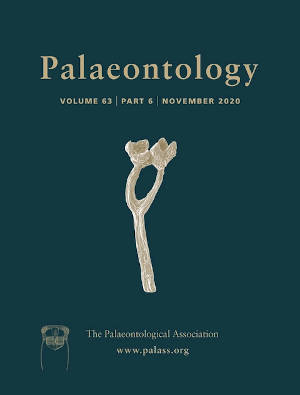Reg. Charity No. 1168330

Establishing hypotheses of relationships is a critical prerequisite for any macroevolutionary analysis, but different approaches exist for achieving this goal. Amongst palaeontologists using morphological data the Bayesian approach is increasingly preferred over parsimony, but this shift also alters the way we think about samples of trees. Here we revisit stratigraphic congruence as a comparator between Bayesian and parsimony samples, but in a new visual context: treespace. Such spaces represent an ordination of unique topologies that can also be extended to create a ‘landscape’ where altitude represents some comparative measure (here congruence with stratigraphy). By co‐opting existing visualization tools and applying them to a meta‐analysis of 128 cladistic data sets we show that there is no consistent favouring of either Bayesian or parsimony according to stratigraphic congruence metrics, and further that empirical treespace visualizations suggest a complex variety of topological landscapes. We conclude by arguing that treespaces should become a standard exploratory tool in phylogenetic analysis.